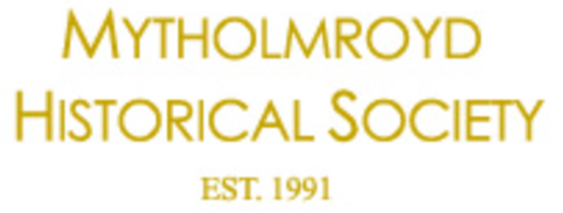On Friday evening 12th January 2024, at 7.30pm there was the fifth of the Winter programme of lectures for 2023 – 24. Sadly, the speaker should have been David Cant whose illustrated talk would have been titled “The Magic of Castle Carr “ but due to illness this at very short notice had to be postponed but Anne Kirker thankfully was able to step in and gave an illustrated talk on a trip she had done on the Manchester Ship Canal . Her illustrated talk was titled “From Quays to Pier”, which included a little bit of History about building the canal. The details of some of her talk are too numerous to summarise in this report but she gave us what she described as a visual catalogue. However, some of us are old enough to remember the hulls of some of the various Manchester liners or cargo ships rising above the walls of Dock Road, Salford and of the ships that passed through the various swing bridge locks as we watched. Furthermore, some of its historic features like much of Trafford Park’s Industrial heritage; Irlam Steel works; the Co-op margarine works and sadly the famous Runcorn – Widnes Transporter Bridge which closed and was demolished in 1960. (I crossed on the suspended pontoon numerous times).
Anne started her talk by first giving a bit of history on the canal which was started in 1887 and opened in 1894. It was known during its construction as the Big Ditch. 150 navvies were killed and 186 persons injured. It is 36 miles long and 36 feet deep and has 18 locks, and 5 swing bridges. Control of the locks was originally hydraulic but is now electrified. (The Ship Canal was initiated by the Manchester cotton magnates as a re-action to the Liverpool shipping merchants extortionate charges)
The Manchester Ship Canal cost then One and a half million pounds and is 36 miles long from Eastham locks where it enters the Mersey six miles upstream from Pier Head to Salford Quays where the water is effectively still the River Irwell which rises on the moors above Bacup.
The Manchester Ship Canal is now owned by Peel Holdings.
As you leave the Quays you observe certain landmarks which include the Lowry Centre and the Imperial War Museum and sail to Modle Locks ( well something like that ! ) where the Irwell ends and the Canal starts properly. As mentioned the landmarks passed are too numerous even to outline in this report except for a few which include the famous demolished stone Barton Bridge replaced by the existing swing bridge carrying the Bridgewater Canal.
Not far beyond the Mersey for about 4 miles enters the canal and it helps to maintain water levels in the canal before it exits about four miles downstream.
Davyhulme harbour where sewage was once loaded to be dumped in the Mersey is passed whilst
there are still the occasional small rowing ferries across the Ship Canal to be seen but the most famous is Fiddlers Ferry historically operated by monks from nearby Norton Priory. Little is now left of the Priory but the reddish hard sandstone of the area has been used in many building the most famous being of course, high on a ridge, Liverpool Anglian Cathedral which in itself is well worth a visit.
Below Warrington and its two arched bridges which have replaced the old Transporter Bridge the most recent of which is referred to colloquially as the giant coat hanger, the journey continues towards Eastham Locks and one passes Saltburn where the River Weaver on the south side enters and is so named after the famous salt found in west and south west Cheshire and is also famous for being Dawson City which was where the itinerant navvies who built the Ship Canal once lived.
Further on towards Liverpool one enters a mudflat area and one also sees the famous chimneys of the Stanlow Oil refineries before reaching Ellesmere Port and its famous canal museum, Speke Hall and Liverpool’s John Lennon Airport finally entering the Mersey at Eastham Locks.
From here the final six miles to Pier Head one can see the famous buildings of Liverpool including of course, the Three Graces the most famous of which is the Liver Building with its two famous Liver birds one looking out to sea and one looking inland.
Since Covid there has now been no continuous trip on the Ship Canal from Quays to Pier which Anne did and only part is now possible. However, it might change and be restored.
Note that over the years the Society on its annual day excursion has visited the Salt works at Northwich; Speke Hall and the Ellesmere Canal Museum.
The Society meets every second Friday of the month at St. Michael’s Church Hall, Church Street off New Road ( adjacent to the Church ) in the Winter months which runs September to April inclusive at 7.30 pm. This is supplemented by two evening visits in the Summer to two local places of historic interest. There is at present no annual day excursion.
Cost of annual membership is £15 & for non-members £5 per visit. ( It is for many cheaper to become a member ) Remember all members and non members are welcome.
May I on behalf of the Committee wish you all a happy, prosperous & healthy New Year 2024.
The Annual subscription are due this month ie January 2024 many of whom paid at the meeting
Mike Darke
Press Officer

